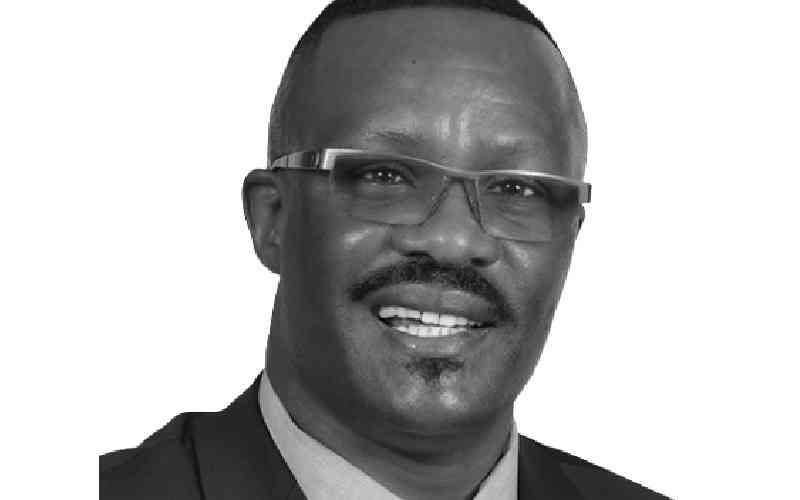
Upon his election in 2022, President William Ruto committed to transformative leadership through the Bottom-Up Economic Transformation Agenda (BETA), focusing on five key pillars: Agriculture; Micro, Small and Medium Enterprise (MSME) Economy; Affordable Housing; Universal Health Coverage; and the Digital Superhighway and Creative Economy. These sectors were identified to address deep-rooted economic marginalization and uplift those at the base of the economic pyramid. This, at a time when the foremost priority of most Kenyans was and remains bringing down the high cost of living.